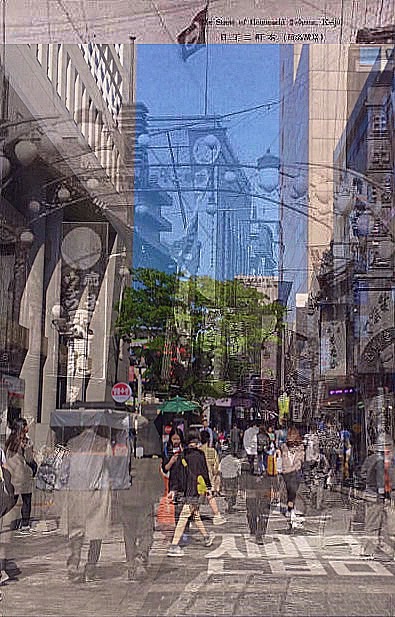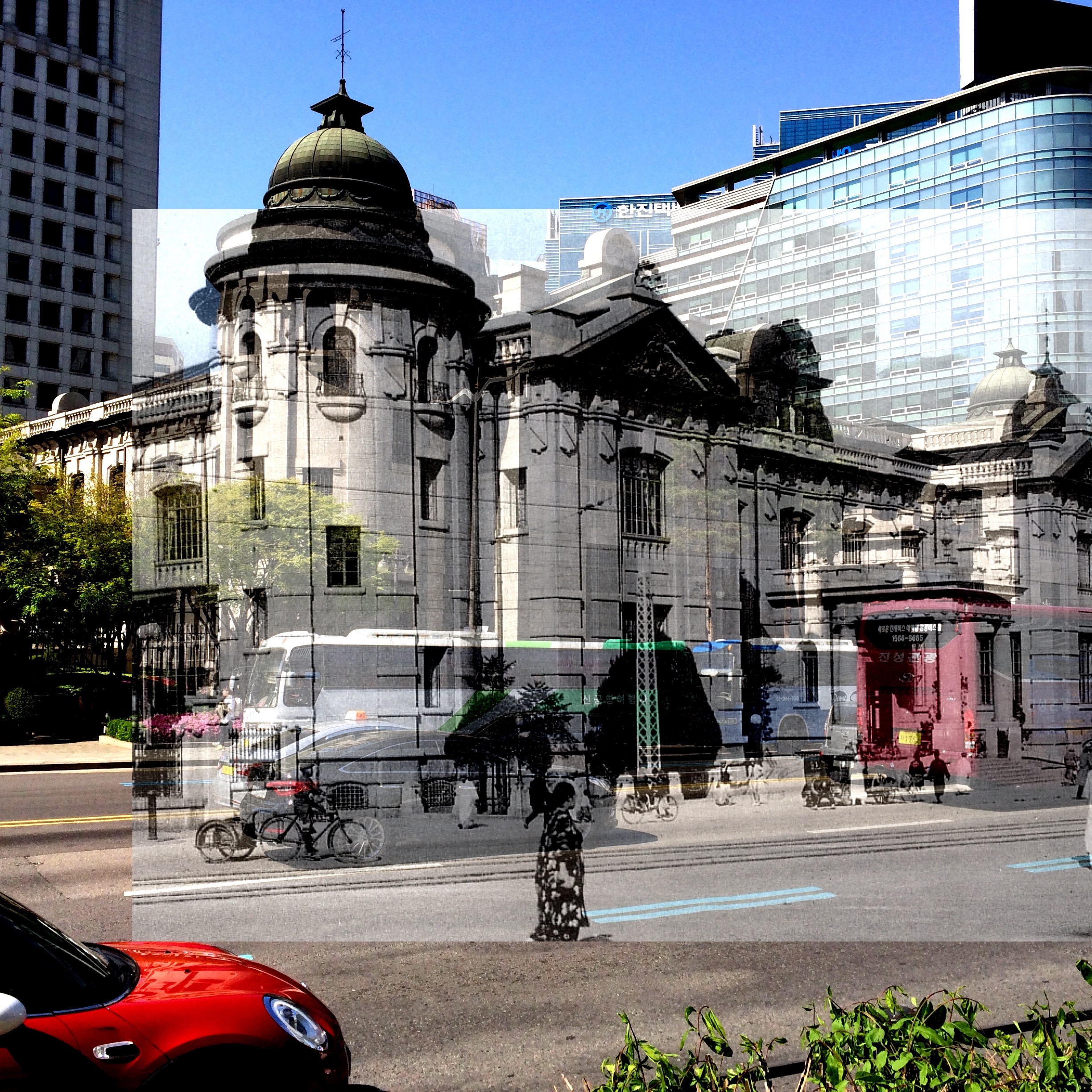
I just recently published the following article and wanted to share/shamelessly self-promote as it gets closer to articulating the potential of mobile learning for re-examining seminal literature or urban history through the lens of urban space than I ever have. I am finding that the random experimentation with mobile technology and whimsical exploration I do of urban space is starting to coalesce into something meaningful, or at least pedagogically appropriate. Here is the citation along with the abstract. Unfortunately the journal site itself is down, but I am linking here to the article itself.
Gallagher, M. (2015). Artfully Converting Open (Urban) Space to Learning Space: Mobile Learning and Korean Literature. Media Education: Studi, Ricerche, Buone Pratiche, 6(2): pp 294-307.
This paper outlines the creation of an urban mobile learning activity that attempts to engage literature spatially, collaboratively, and compositionally in an urban setting. The Korean novel Three Generations (1931) by Yom Sang-Seop (염상섭) is engaged through mobile learning. The reflective and analytical activities surrounding the novel are translated into field-based activities (Gallagher, 2013). Participants are assigned locations, or chapters that unfold in locations. They generate a reflective analysis of the assigned content, collect the field data, and compose that data collaboratively into compositional geocaches (Farman, 2009). These compositions can be multimodal representations of literary activity, media collected and cohesively assembled into a composition, and/or an analysis of the chapter from the novel. Groups of students find these embedded compositional geocaches, log their discoveries, and re- assemble the novel based on the class’s interpretations and presentations. This activity is positioned within a definition of mobile learning that emphasizes learners that «artfully engage with their surroundings to create impromptu sites of learning» (Sharples et al., 2009).
This article had been simmering on the back burner for quite awhile, ever since reading the novel and then reading an inspired blog post about the subject pinpointing many of the locations from the novel itself. I was also inspired by that ideas of learners “artfully” engaging with their surroundings to create impromptu sites of learning (from Sharples, 2009), hence the title.
The novel itself reads a bit like Ulysses, not stylistically but rather geographically; Yom mentions places by name throughout the novel, which provides a nice interdisciplinary bridge with history (tracking the then and now along with the literary substance of the novel). It documents place names and neighborhoods long since vanished, renamed, or modernized past the point of recognition. It is also situated firmly in a period of great flux for Korea itself: beyond the immediate memory of the collapse of the Chosun Kingdom and Old Korea (1910, approximately) and before liberation (1945) and independence. These are colonized peoples walking through a Seoul renamed (Keijo) from street to street in Japanese, strangers in their own land.
Following independence, Seoul experienced the two great change agents of its immediate history: the Korean War and rapid industrialization. Both are linked (the Korean War obliterated all but a few buildings in Seoul paving the way for large scale redevelopment) and both have pushed this bit of history into the recesses of the modern Korean memory. I feel as though mobile technology has a means for pulling that history back to the forefront and position the urban space as a highly fluid, highly ephemeral space. The article explains how. It wasn’t easy, though, as very little exists from 1931 architecturally in the city beyond some of the palaces and city gates (which have been reconstructed). This means nothing if you just want to casually document the city then and now, but it becomes critical when you are trying to geocache the old and the new with precision. Resolving historical maps with current coordinates, changed place names and city grids and so forth.
It also represents the first two parter of my academic career. As what I describe here is possible only through some sort of daisy-chained toolkit of mobile applications, a companion piece was necessary to work out the annotation, geocaching, and technological bits that I allude to in this paper to make this a reality (which is my ultimate purpose here). These don’t exist yet, or if they do, not in the structure that would make this double annotation possible (annotating student data to the text of the novel and annotating student data to the map, and every variation in between). My colleague and good friend David Fox and I are nearing the finishing stages of that paper as well, which spells out a lot of the annotation and open data standard issues we experienced or wanted to improve upon.


Artfully converting open space to learning space: Korean literature and repositioning #Seoul through #mlearning. https://t.co/Kg8xvLeyEZ
Seoul #mlearning reimagining “beyond memory of collapse of Joseon Kingdom (1910) & before independence (1945).” https://t.co/0D1yn5nTZ2
Artfully converting open space to learning space: #Seoul literature through #mlearning. https://t.co/40U4SWKgQZ
Artfully converting open space to learning space: #Seoul literature through #mlearning. https://t.co/DMC1HnYkxd
Artfully converting open space to learning space: #Seoul literature through #mlearning https://t.co/pkl1Xbbcgq https://t.co/prhkBDxCAu
RT @mseangallagher: Artfully converting open space to learning space: #Seoul literature through #mlearning https://t.co/pkl1Xbbcgq https:/…
RT @mseangallagher: Artfully converting open space to learning space: #Seoul literature through #mlearning https://t.co/pkl1Xbbcgq https:/…
Artfully converting open space to learning space: #Seoul literature through #mlearning https://t.co/UyBibC8of6 https://t.co/P57ihHuRmq